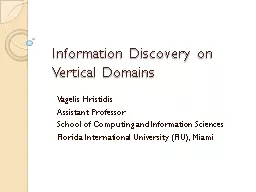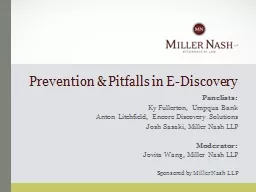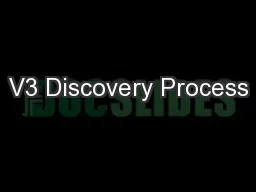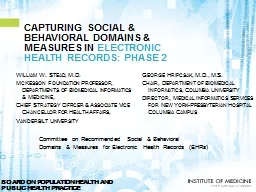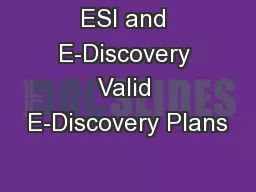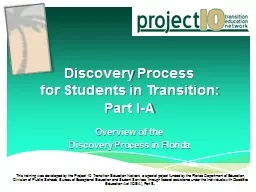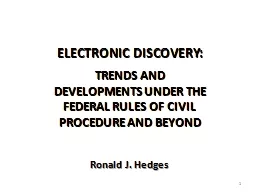PPT-Information Discovery on Vertical Domains
Author : faustina-dinatale | Published Date : 2016-03-27
Vagelis Hristidis Assistant Professor School of Computing and Information Sciences Florida International University FIU Miami Need for Information Discovery Amount
Presentation Embed Code
Download Presentation
Download Presentation The PPT/PDF document "Information Discovery on Vertical Domain..." is the property of its rightful owner. Permission is granted to download and print the materials on this website for personal, non-commercial use only, and to display it on your personal computer provided you do not modify the materials and that you retain all copyright notices contained in the materials. By downloading content from our website, you accept the terms of this agreement.
Information Discovery on Vertical Domains: Transcript
Download Rules Of Document
"Information Discovery on Vertical Domains"The content belongs to its owner. You may download and print it for personal use, without modification, and keep all copyright notices. By downloading, you agree to these terms.
Related Documents

